BY THOMAS WATTS
By the end of the 2013 season, it seemed no one could challenge SK Telecom T1 K as the League of Legends team on the planet. The Korean squad had stormed through two tournaments in Korea before winning the last year’s world championship in dominating fashion.
Their run was put on hold thanks to Samsung Galaxy Blue, a relative minnow among killer whales, who beat them in the qualification tournament for the World Cyber Games, the decade-old international esports tournament.
What made the defeat so astonishing is that Blue eschewed traditional strategy focused on winning large scale battles in favor of ignoring the enemy team and methodically destroying their structures.
That innovative play style was no fluke.
In short order, Samsung Blue would rise to the top of the Korean League of Legends scene thanks to a series of creative strategies that have changed the way the game is played around the world.
…
Korean League of Legends is analogous to North America’s college football. In both cases, there are certain organizations that are “haves” and there are others that are “have-nots.” There is a gulf between them that makes the Mariana trench look like a divot.
Where North America has the self-styled Power Five conferences, South Korea has the KeSPA elite, a group of five esports organizations—KT Rolster, SK Telecom, CJ Entus, NaJin e-mFire and Samsung Galaxy—that engage in a perpetual battle for primacy while any other teams battle over scraps.
Throughout this pitched battle, teams rise and others fall through a combination of roster changes and being forced to adapt to changes that Riot Games introduces through regular patches to the game. In order to rise, any of the KeSPA elite have to be able to adapt or innovate quicker than their adversaries.
During the offseason at the World Cyber Games, Samsung Blue’s innovative streak was reinforced, even though they ultimately lost to CJ Entus Blaze. The team had a fresh confidence boost heading into the 2014 season’s first tournament, Champions Winter.
Samsung Blue started out strong, scoring wins against Korea’s second-best team at the time, the KT Rolster Bullets, as well as a NaJin Black Sword team that had just made an appearance at the world championships.
The big developments that Blue used to succeed were making fringe champions picks like Nocturn and constantly evolving their siege composition. Champions like Caitlyn were brought in to give the team adaptability. With these strategies in hand, Samsung Blue made it to the bracket stage for the first time ever.
Unfortunately, the innovations weren’t enough to survive the undefeated SK Telecom T1 K team that would go on to take the title.
It was, however, a good enough season to give the organization pause to reconsider long-term plans.
After careful deliberation, Samsung switched the mid laners on both of their teams. Samsung Ozone would absorb Blue’s Heo “PawN” Won-seok, while Ozone’s famed mid laner Bae “dade” Eo-Jin would be joining the reborn Blue.
The switch did wonders for both teams. Heo has a more aggressive style that gelled very well with Ozone, while Bae’s colder, more calculating style stabilized Samsung Blue even more. At the subsequent SK Telecom LTE-A LoL Masters tournament, the Samsung Galaxy organization won every series they participated in until SK Telecom beat them in week 10 of the event.
As the 2014 season continued, it was clear that Samsung Blue was on a major hot streak. They rode that wave of momentum straight through the group stage of the year’s second major Korean tournament, Champions Spring 2014. Ironically, their group again held the KT Bullets and NaJin Black Sword, and was dubbed the Group of Death.
Here, new innovations again abounded. Samsung Blue’s use of Yasuo in the middle lane gave them a substantial lead on the other teams in many ways. They not only standardized Yasuo as a counter-pick against Nidalee, a champion that teams put high value on, but also as a viable pick in other compositions that rely on area-of-effect burst damage to secure victories.
Yasuo would go on to be picked by Blue or banned by Blue’s opponents in 12 of their remaining 16 games in the brackets of Champions Spring 2014.
Blue continued to be an impetus behind metagame change as they ascended the bracket. A major innovation showed itself when Samsung Blue was against sister team Ozone. The best-of-five series was Blue’s big chance to get out from behind Ozone’s shadow, and with the recent the deployment of Patch 4.6 to the game, they had a perfect opportunity.
The jungle champion Nocturne saw a spike in popularity when Riot added the Feral Flare jungle item in patch 4.5. Since one of its perks is that it adds a certain amount of damage per hit, Feral Flare helped the viability of jungle champions that are heavily reliant on automatic attacks to do their damage.
Unfortunately, patch 4.6, which reduced Feral Flare’s damage, saw Nocturne fall out of favor worldwide. So when Samsung Blue brought out the champion, even Ozone were surprised. But Blue used his weakend ability to pressure the entire map with his ultimate, Paranoia, to pull out a win. The strategy even drew comparison’s to Lee “Faker” Sang-Hyeok, whom many consider the best player in the world, and his use of Twisted Fate.
And while Blue did lose the single game against Ozone when playing Nocturne, they felt comfortable enough to bring him back out twice against NaJin White Shield in the finals of the tournament.
Nocturne’s appearance, however, was a footnote compared to what they conjured in the bottom lane. Marksman champion Kog’Maw, the Mouth of the Abyss, was strengthened during patch 4.4 and found himself pushed into numerous starting lineups.
The champion’s lack of mobility, however, made him very vulnerable, especially prior to reaching his long-range ultimate ability at level six. Blue’s master stroke was pairing Kog’Maw with Nami, the Tidecaller, who is a support champion capable of slowing down enemies and speeding up allies, giving Kog’Maw the mobility to escape in dire situations. With Nami, Samsung Blue were able to maximize on the damage output that Kog’Maw can provide, giving them a deadly marksman for the late game.
The Kog’Maw/Nami pairing was either picked up, or had a portion of it picked up by the opposing team, in five of the eight games that occurred after Blue debuted it against SK Telecom T1 K in the LoL Masters tournament on April 24, including the game that Samsung Blue won to clinch their Champions Spring 2014 win over NaJin White Shield.
Kog’Maw and Nami together have seen play across the globe thanks to Samsung Galaxy Blue’s innovation.
The innovators of Korea, Samsung Galaxy Blue, have ascended to supreme team and stepped out of the shadow of their sister team in the process. But they’ll need to keep looking forward—their hold on the king of the hill is tenuous, especially as the rest of the KeSPA learns from and adapts to their style.
Photo via Riot Games



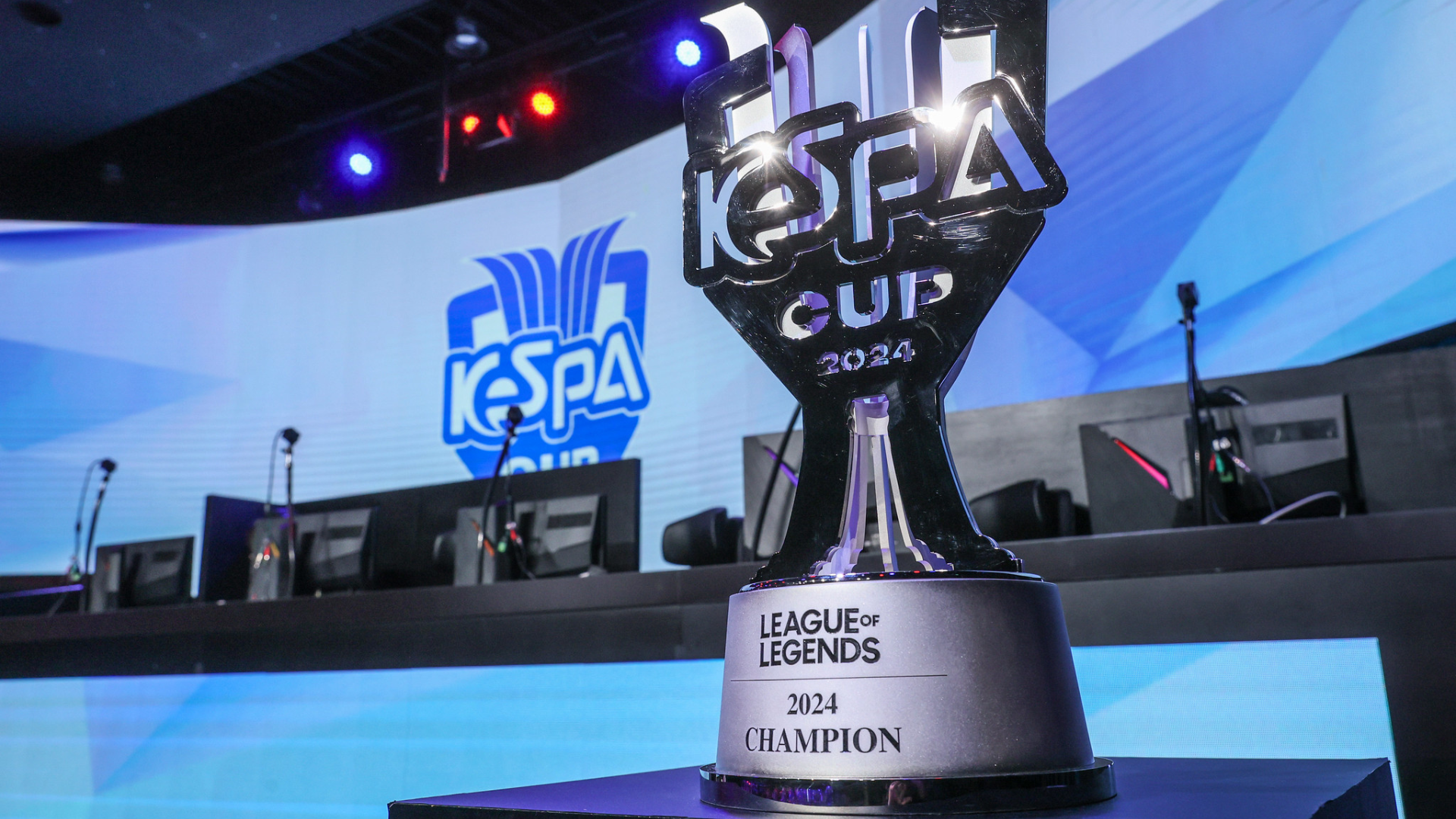
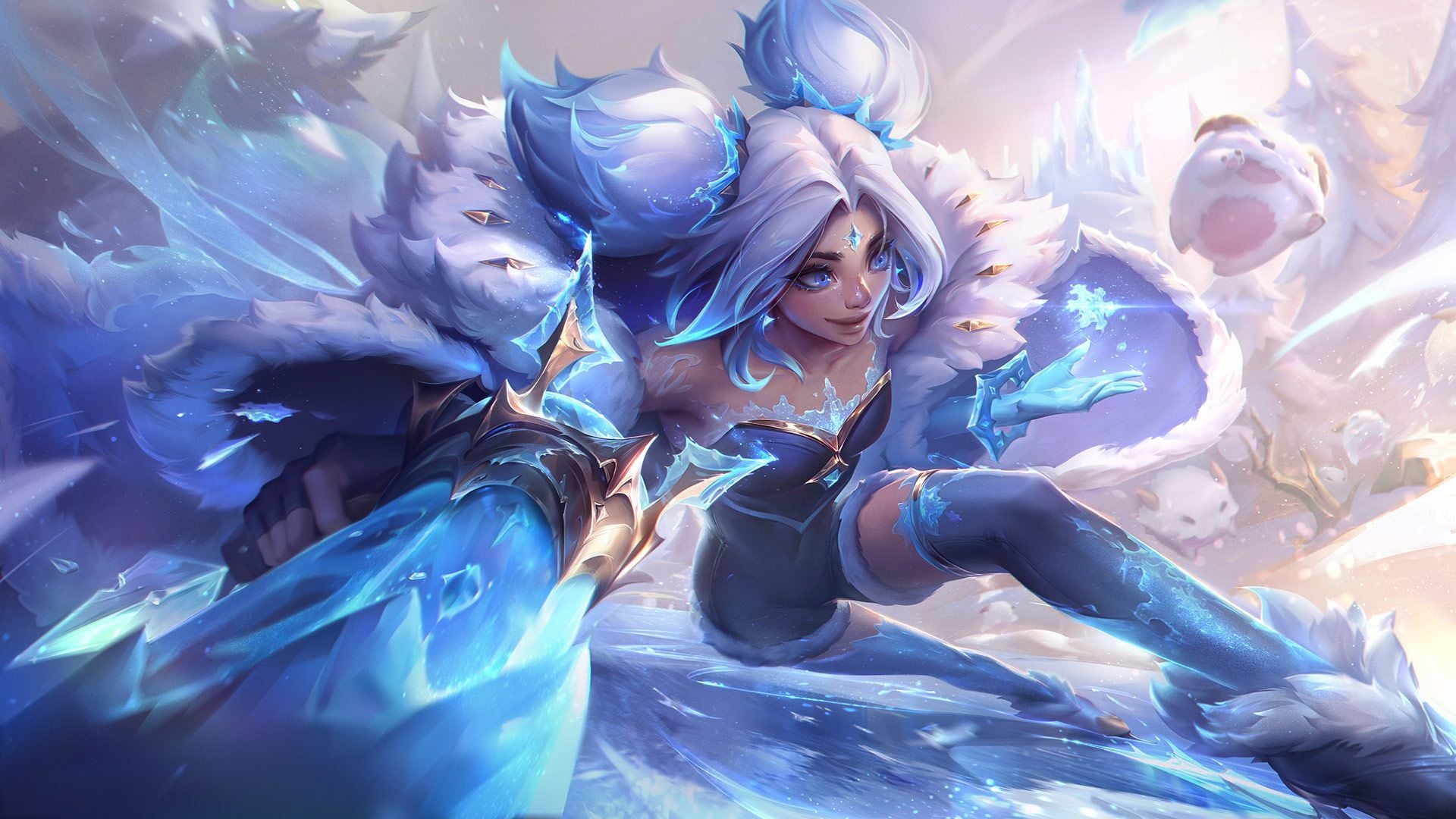


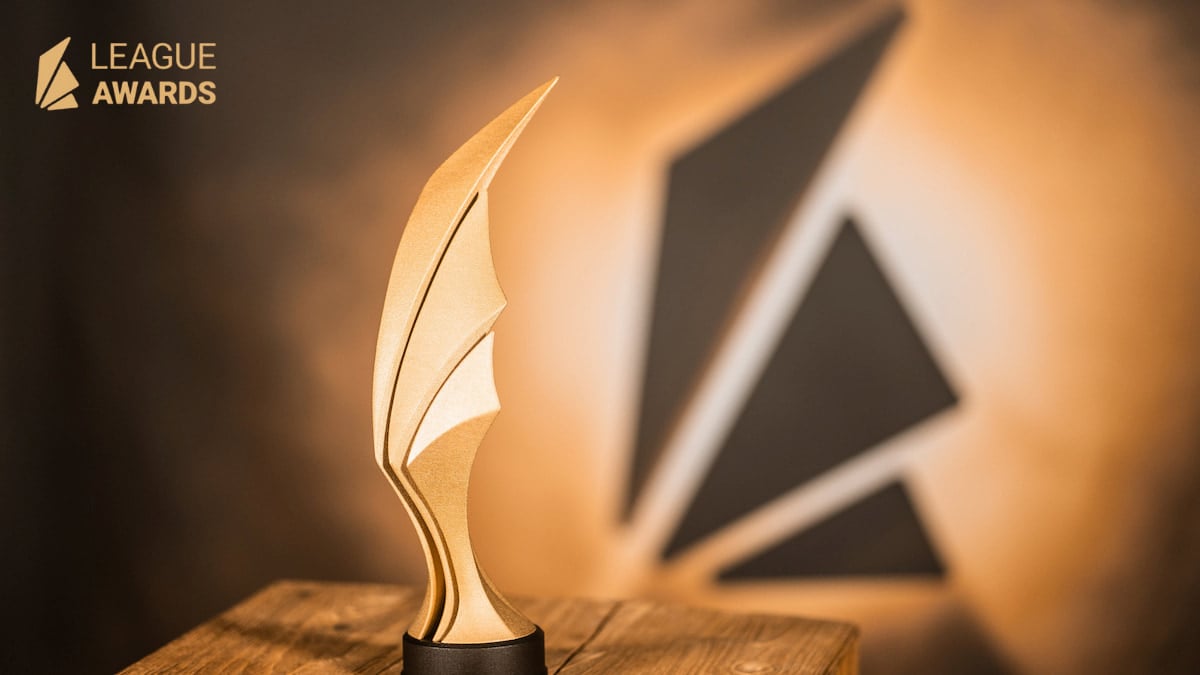

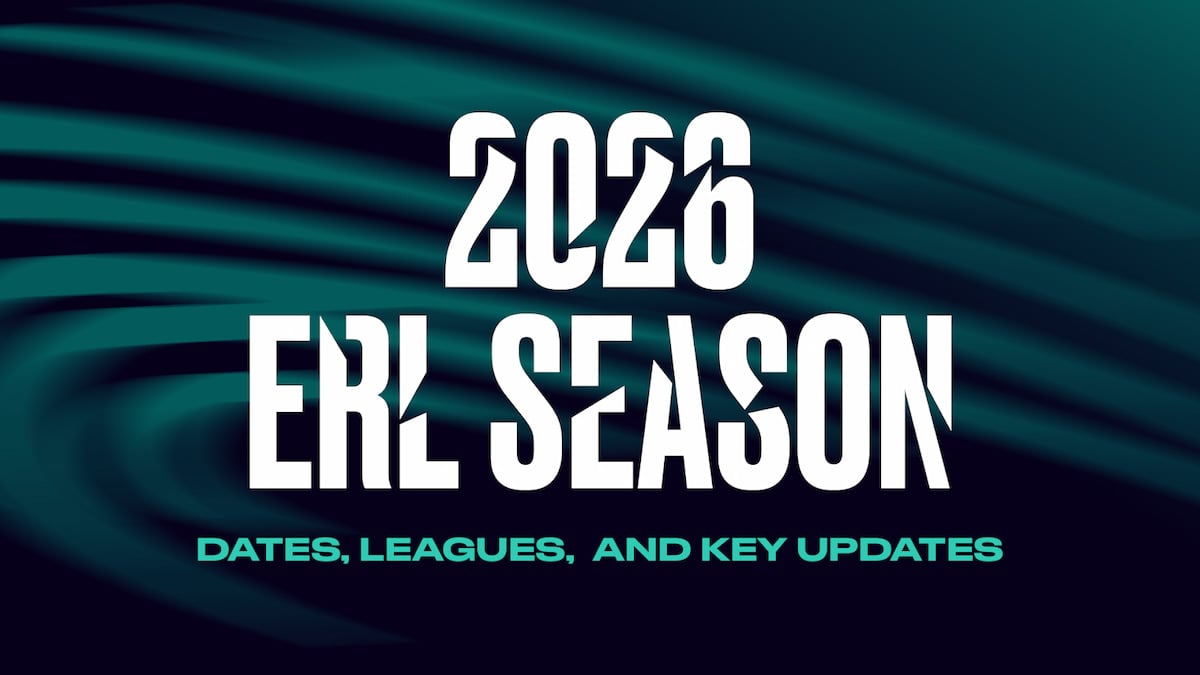

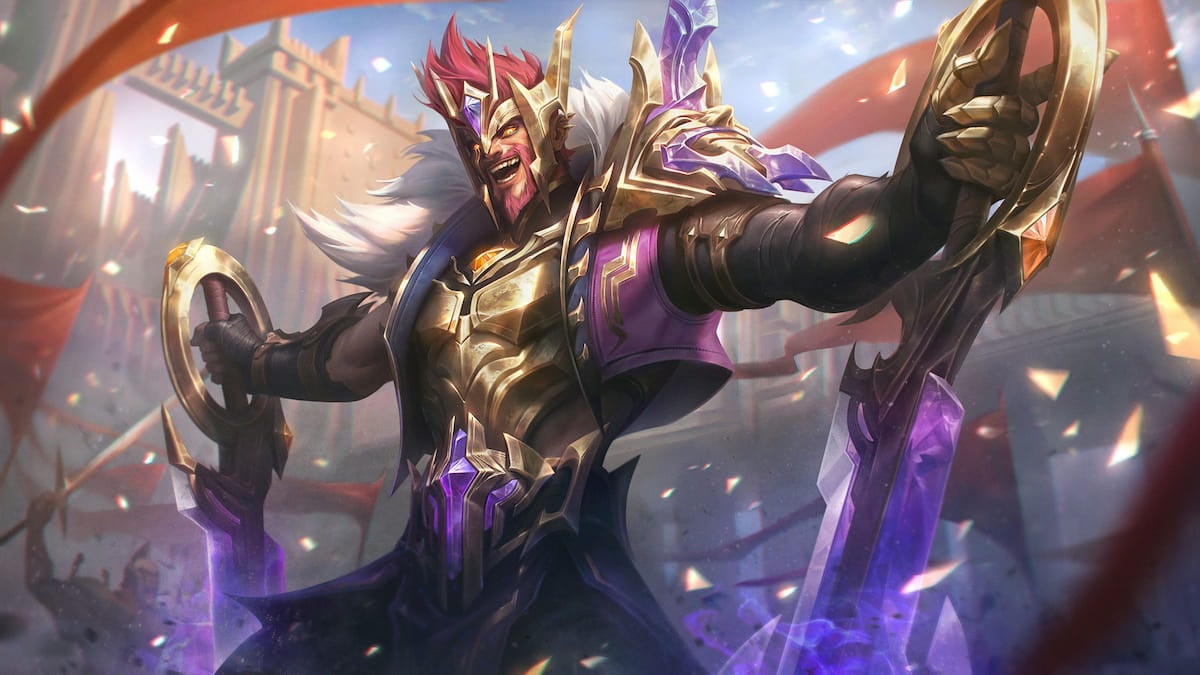
Published: Jun 25, 2014 02:19 pm